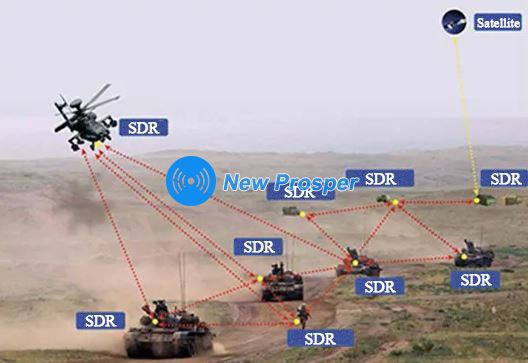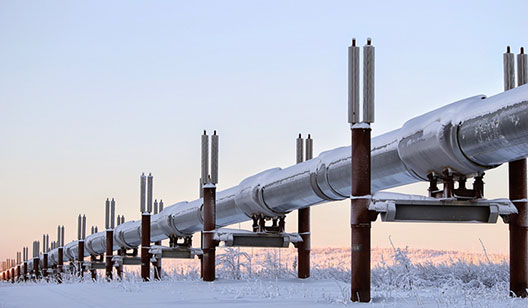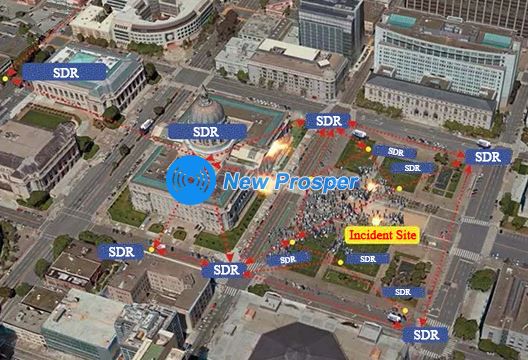Different types of wireless SDRs are deployed across various combat units, enabling the rapid establishment of a highly reliable, highly mobile, survivable, anti-jamming, and beyond-line-of-sight wireless broadband network without relying on any fixed infrastructure. Upon powering on, this distributed network can quickly and dynamically form a multi-hop SDR network based on the actual battlefield electromagnetic environment. Its decentralized nature ensures that even if any single SDR is destroyed, the entire network can self-heal and continue normal operation.
Via the broadband wireless SDR mesh network, information SDRs of each combat unit can achieve:
1. Shared enemy intelligence
2. Battlefield situational awareness
3. Real-time military information consultation
4. Instant task assignment
5. Issuance of combat orders
This facilitates integrated coordination among all combat units and enables real-time, efficient command and control.
Through all-IP SDRs, interoperability with other heterogeneous communication networks is achieved, creating an integrated"Air-Space-Ground" gridded military communication network. Command information nodes comprehensively direct and coordinate the actions and missions of all combat units, while participating information nodes promptly report battlefield situations and combat intelligence. Furthermore, airborne nodes can act as elevated coverage enhancement nodes for the wireless SDR network, further expanding the operational radius and field of view, and providing updated combat intelligence and situational forecasts to all units. Additionally, by interfacing with satellite systems, command information nodes enable information exchange and sharing between forward and rear echelons, allowing for remote command and control.





